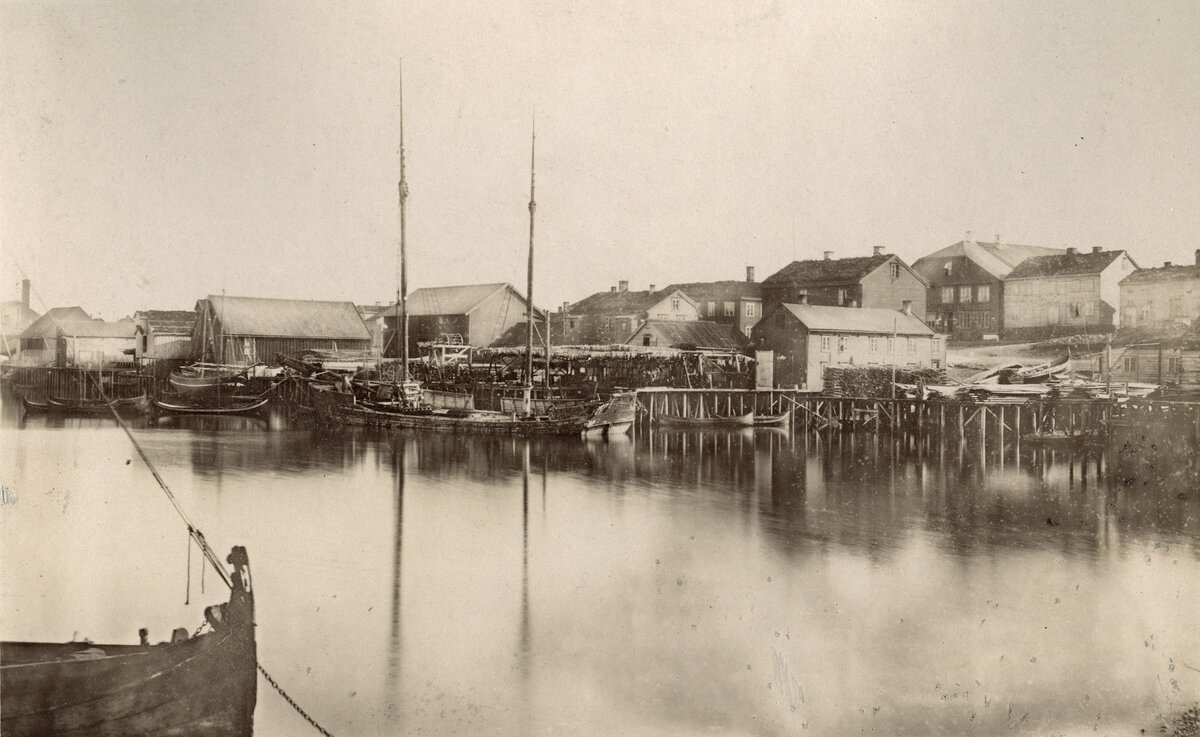The abundance of fish in the Barents Sea induced people to settle on Nordkyn as early as the end of the last Ice Age. The riches of the sea continue to sustain the region to this day.
There is evidence of settlement in the region as long as 10 000 years ago, and the Sami have a long presence in the area.
The first written references to the fishing villages on Nordkyn are from the early 16th century. Financial accounts indicate that of six major fishing centres in Finnmark in 1518, half were located on the Nordkyn Peninsula. The region had a significant position in the fishing industry for hundreds of years.
The Pomor (Russian) trade started in the 18th century, and local fish products were traded for agricultural goods and other merchandise.
World War II was a catastrophe for all of Finnmark, as the German troops practiced a scorched earth policy during their withdrawal in 1944. Most buildings in Finnmark were razed to the ground, and the population exiled to other provinces.
The reconstruction in the 1950's was accompanied by a continued upward swing in the fishing industry which lasted until the 1970s. Despite recent fluctuations in the price of fresh fish, coastal fishing is still alive and well on Nordkyn and over 10 fisheries are active in the region.
